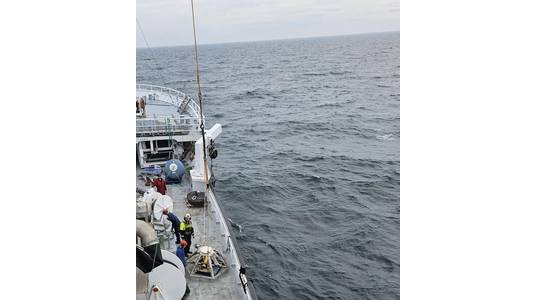
Salamander, a joint venture between Ørsted, Simply Blue Group and Subsea7, has partnered with two Scottish universities to investigate any potential impact of floating windfarms on marine ecosystems.
The PREDICT 2.0 initiative involves deployment of various sensors that can be used to help identify the potential impacts of floating windfarms on marine ecosystems, including the drivers of variation in fish movement and availability as prey.
The package has now been deployed on the Salamander floating wind site, as was committed to during the project’s Innovation and Targeted Oil & Gas (INTOG) bid. The sensors – which include a fluorometer and echosounder - are gathering data on fish presence and behaviour as part of a research programme led by the University of the Highlands and Islands’ (UHI) Environmental Research Institute and the University of Aberdeen. When the programme is complete, the equipment will be fully removed.
The 100 MW floating wind farm is to be located 35 km off the coast of Peterhead. In May, the project submitted its offshore consents application to the Scottish Government.
If consented, the project will provide key insights and opportunities for the Scottish supply chain for future larger-scale developments in Scottish waters and further afield, ahead of the larger-scale ScotWind build out.



